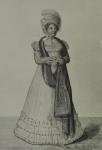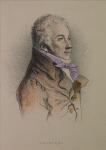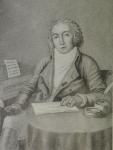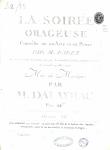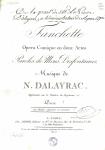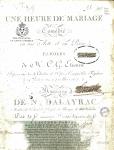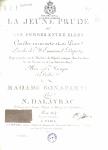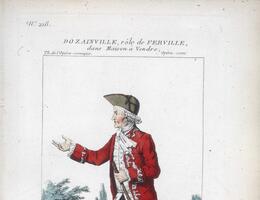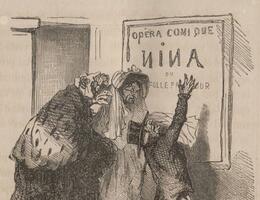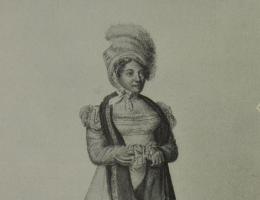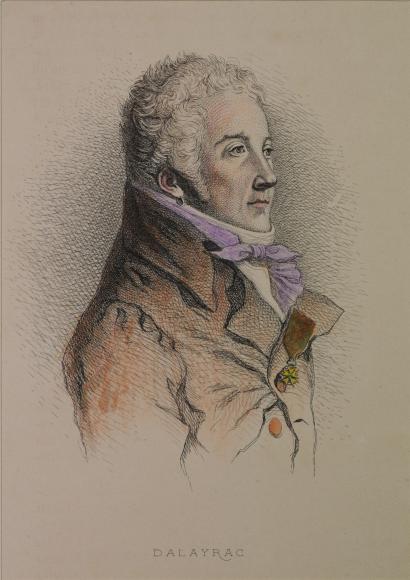
Nicolas DALAYRAC
1753 - 1809
Composer
Dalayrac’s survival of the French Revolution is a clear indication of his music’s popularity: born into a noble family, protected by the aristocracy, he was actually called D’Alayrac, a name he changed around 1790. Sub-lieutenant in the guard of the Count of Artois, he studied composition with Langlé and attended Grétry’s lessons. Although he wrote chamber music, Dalayrac owes his fame to his operas. In 1781, the Baron de Bésenval commissioned Le Petit Souper and Le Chevalier à la mode. The following year, L’Éclipse totale was performed owing to the protection of Marie-Antoinette. From then on, Dalayrac composed many opéras comiques, whose simple, unpretentious style enjoyed considerable success throughout Europe: Weber conducted Les Deux Petits Savoyards and Adolphe et Clara in Prague. The wide range of subjects tackled by Dalayrac conformed to public taste. Léon ou Le Château de Monténéroand Léhéman ou La Tour de Neustadt reflected the vogue for “rescue operas” in the post-revolutionary period; the medieval intrigues of Sargines et Raoul, sire de Créqui also bear witness to the success of the “troubadour style”. However, Nina ou La Folle par amour (1786), performed in Paris until the mid-19th century, enjoyed lasting popularity. The young Berlioz had his first vivid musical impression when he heard the romance sung by the heroine “Quand le bien-aimé reviendra”. Dalayrac’s contribution to the change of political regime can be seen mainly in the fitting of new words to existing opera arias: “Veillons au salut de l’Empire” is an adaptation of one of the arias from his own opera, Renaud d’Ast.
Focus
Focus
Napoleon and music
Works
Adolphe et Clara ou Les Deux Prisonniers
Nicolas DALAYRAC / Benoît-Joseph MARSOLLIER DES VIVETIÈRES
1799
Documents and archives

Testimonial, Correspondence



